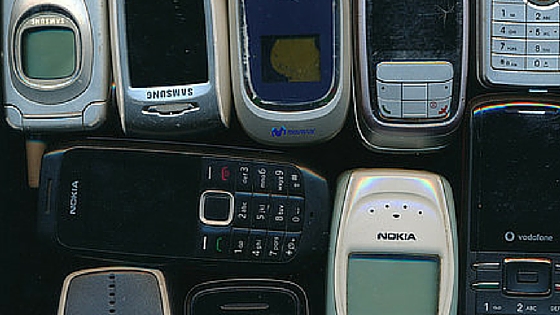The following whitepaper was written by Rob Fite, vice president of business development and marketing for Telrock.
Contact channels for sending consumers a “past-due-payment notice” or “payment reminder” message have been going through a lot of changes lately. Letters and voice messages have long been a collection organization’s preferred channel for consumer contact. Now, both are declining in effectiveness, and rapidly giving way to digital channel messaging such as texting/SMS and email messages (TCPA requirements aside). Today, consumers are the ones driving contact channel preference, and recent studies show they overwhelmingly prefer text/SMS messaging over all other contact channels for notices. Collection entities that are incorporating digital channel messaging capabilities and have structured their processes in accordance with the TCPA, stand to reap tremendous results.
The higher degree of ease, convenience, and quick retrieval associated with text / SMS messages, are driving its popularity and rapid growth across all generations. Case in point:
- Texting is the most widely and frequently used feature on smartphones, and 97% of Americans text at least once a day (Pew Internet).
- The average adult spends a total of 23 hours a week texting (USA Today).
- It takes the average person 90 minutes to respond to email, but only 90 seconds to respond to a text message (CTIA).
- Text messages have a 98% open rate, while email has only a 20% open rate (Mobile Marketing Watch).
Even within generations (Baby Boomers, GenX, Millennials, and GenZ) changes in contact channel preference and related trends are impacting collections. For example, Boomers generally tend to prefer voice messages over other contact channels due to having grown up with “voice” as their primary messaging channel. This would appear to be good news for the voice message channel; however, upon closer examination this is not the case. The Boomer generation generally reflects a relatively smaller percentage of today’s past due credit accounts, and even fewer going forward. The reason being, the Baby Boomer population is declining from their recent peak of 70 million+ consumers. In addition, they are in or nearing their retirement years. As such, they have a general persona of being on a fixed income, but having more disposal income, with lower monthly expenses, and little to no debt.
While Baby Boomers tend to prefer voice message notifications, Millennials overwhelmingly prefer receiving text / SMS messages. For Millennials, retrieving voice mail messages is considered to take too much time and effort. Recent research conducted by uReach Technologies, the voice messaging systems provider for Verizon Wireless and other mobile network providers, bears out these observations for the North American market. Their key finding was that voicemails are increasingly neglected; 30% of voice messages remain unheard after three days or longer, and more than 20% of the people surveyed did not even make the effort to check their voice messages.
As for Millennials and past due payment notices, consumer collection entities can expect to see a growing number of Millennials receiving collections notices. If for no other reason than due to their population size, which is expected to peak at 92 million within the next few years. Aside from their large population, more Millennials are likely to appear in collections due to their limited experience with credit, unproven credit discipline, low income, and large student loan debt burden. In addition, they are now having to take on expenses previously paid by their parents (medical insurance, auto insurance, and mobile phone plans). Therefore, if collection entities want to have any real chance of effectively reaching and collecting from this large consumer population, they will need to start by engaging with them through text / SMS messaging.
In conclusion, recent consumer contact channel preference trends and associated behavior research studies indicate that the tables have turned. Consumers now dictate their channel preference, how often, and under what conditions. Therefore, collection entities need to move quickly to incorporate and or expand their digital channel engagement capabilities to better align with debtors shifting contact channel preferences. As consumer contact preference increasingly shifts to the digital channel, live collector reminder calls and voice messages may go the same route as the fax machine.
____________________________________________________________________________
This whitepaper has been brought to you by Telrock, a global technology provider of SaaS based collections platforms and consumer credit lifecycle digital engagement solutions. Key products include: Optimus, an enterprise class integrated collections & recoveries platform, SmartService, a digital engagement platform for enterprise wide digital engagement management across the customer life cycle, and SmartCollect, a digital channel engagement service with self-serve portal features designed for use in collections and customer care. Telrock serves major lenders, processors, and BPO’s across Europe, Asia & North America, with offices in London, UK and Atlanta, GA.
Contact Details:
North America: Tel: 1-678-451-9975
London, UK: Tel: +44 (0) 207 183 1573
Email [email protected].
About the author:
Robert Fite has compiled over 25 years of experience in the credit & collections industry with extensive expertise in decision management software tools, credit data, risk scoring, and collection technology. He has held leadership positions with Experian, Fico, and LexisNexis, and has worked with hundreds of lenders of all types, sizes and credit products, throughout North America. Rob is currently the Vice President of Business Development & Marketing for Telrock North America.
Robert Fite email: [email protected] / Linked In: www.linkedin.com/in/robert-fite-3003494









